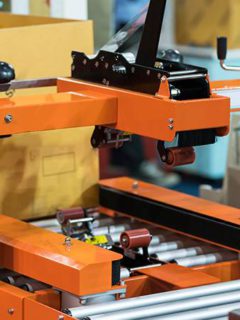E-commerce continues to grow and evolve. The pandemic brought about a change in online shopping trends and cities are adapting to the new challenges and needs for goods delivery. Micro-Hubs are small storage centres located in urban centres and facilitate the reception of shipments, relieving traffic congestion. For this delivery system it is necessary that your packages are prepared taking into account a series of recommendations, do you want to know which ones?
What are Urban Micro-Hubs?
A logistics Micro-Hub is a facility where e-commerce deliveries are grouped in a specific urban area. This area usually has a radius of between 1 and 5 kilometres.
In Spain, cities such as Madrid are preparing within the new strategy of Urban Distribution of Goods (DUM) to decongest the central core of the city by using these Micro-Hubs.
The DUM strategy points out that, as urban space is limited, traditional distribution vehicles, such as trucks or vans, must be replaced by lighter ones. It is therefore preferable to use bicycles, small electric vehicles or even deliveries on foot for the last mile phase, i.e. the end of the supply chain from the last distribution point until it reaches the final recipient. In any case, for the correct operation of these Micro-Hubs it is important to carry out an urban analysis and to know the needs of the area.
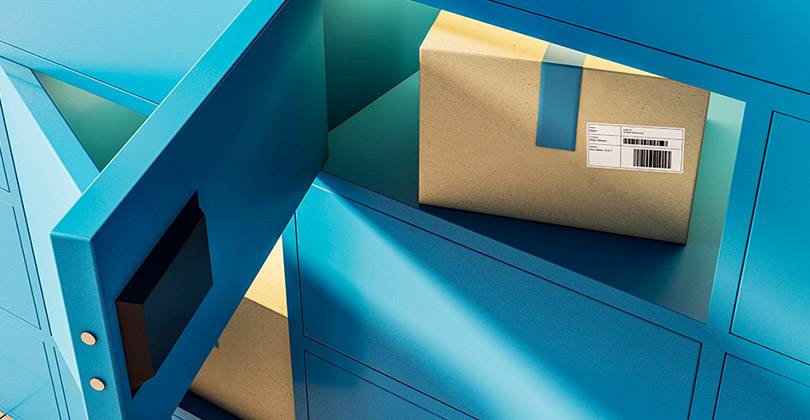
Benefits of urban Micro-Hubs for sustainability
These facilities offer a number of sustainability benefits for the urban core and help to maintain an EcoResponsible approach to order management:
- They alleviate traffic in the last mile, resulting in reduced pollution and noise.
- Deliveries to the Micro-Hubs are made by small electric vehicles, bicycles or on foot.
- For convenient storage and transfer, parcels need to be tightly packed, thus reducing waste.
- They facilitate the handling of returns.
Good packaging practices for urban micro-hub deliveries
If your e-commerce wants to make the most of the advantages offered by urban micro-hubs, we recommend that you follow these guidelines for the packaging and preparation of your shipments:
1. Choose packaging with sizes adapted to the content.
Lockers have a limited and non-modifiable space to hold your shipments. The smaller the dimensions of the package, the more convenient it will be for the delivery person to find a locker that matches the size of the package. In addition, this will allow you to avoid empty spaces inside, reducing costs and benefiting the environment.
The use of telescopic boxes or variable height boxes allows you to modify the volume of your shipments with more precision, but you can also ask us for a quote if you want boxes made to measure according to your needs.
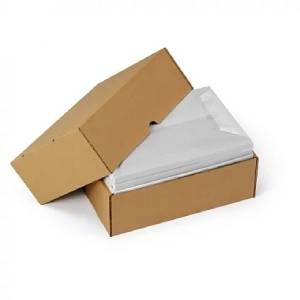
2. Make sure your packages are easy to transport
Users do not pick up their parcels directly at home, but will have to carry them there afterwards. Small boxes that can be carried with one hand, or packaging with die-cut handles for larger or heavier shipments, will make this easier.
Our boxes with quick-assembly handles are ideal for these cases.
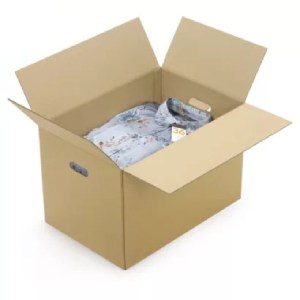
3. Mark fragile goods well
Use external labelling for delicate products or products that need to be placed in a certain position. This will ensure that the contents arrive in perfect condition and that the customer does not get a shock when unpacking the package.
You can use our shipping labels with multiple recommendations to warn both the carrier and the recipient of the care they should take with the shipment.
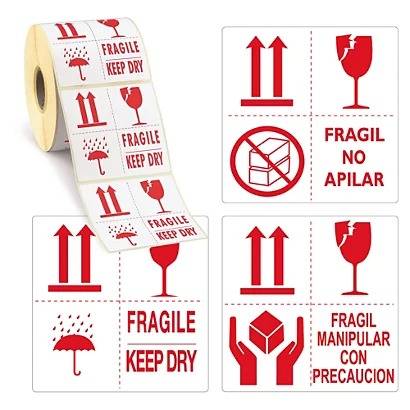
4. Use reusable packaging for easy returns
With reusable packaging you will optimise the use of resources, favouring the circular economy and reducing waste.
Boxes suitable for reverse logistics and return envelopes allow customers to return products in the same packaging in which they were sent.
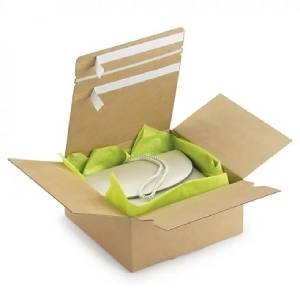
5. Evaluate the lead time of deliveries in Micro-Hubs
The lead time will be longer than that of a home-delivered or hand-delivered shipment to the customer. It can take several days from the time the package is sent to the Micro-Hub until it reaches the recipient. Although the delivery of products that are sensitive to cold, heat or the passage of time should not be carried out in Micro-Hubs, if it is necessary to do so, this should be taken into account in the preparation of the order, the customer should be informed so as not to delay collection, and the insulation and protection of the contents should be reinforced.
Isothermal postal boxes and insulated bags are your best option for preserving the temperature in these situations.
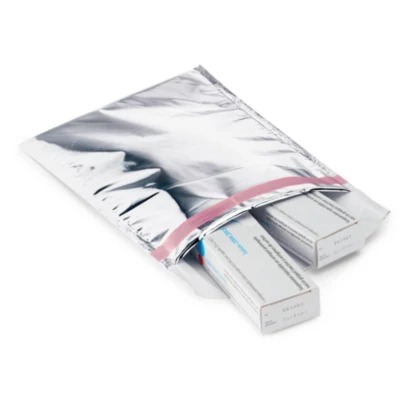
As you can see, at RAJA® we take advantage of Micro-Hubs and all the benefits of logistics innovations to build a much more pleasant and sustainable urban space.











